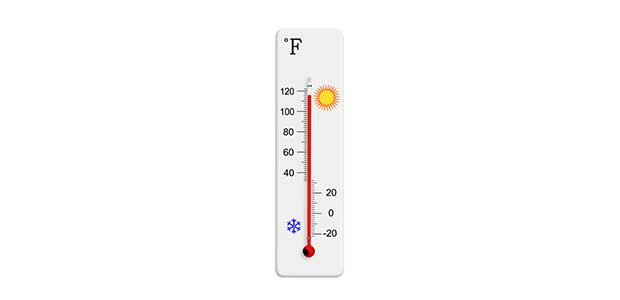
Advocates Say Heat Rules are now the Most Protective in Oregon
After the extreme heat wave the Pacific Northwest faced in June, new safety precautions are now set in stone.
- By Shereen Hashem
- Jul 12, 2021
Deadly record-high temperatures in the Pacific Northwest led to Oregon adopting an emergency rule that strengthens requirements for employers to protect workers from extreme heat in what advocates call “the nation’s most protective heat rule.” This follows deadly record-high temperatures. The rule was adopted Thursday which claims to expand access to shade, cool water, regular breaks and communication for concerns.
“With these new rules, Oregon has a chance to lead the country in ensuring workplaces are safe from high heat, especially for those doing the most demanding and dangerous jobs, like farming and construction,” said Kate Suisman, an attorney with the Northwest Workers’ Justice Project.
The temporary rule is effective immediately and stays in place for 180 days. As Oregon OSHA continues to work on a permanent heat stress prevention rule, the temporary rule was adopted following the direction of Oregon Gov. Kate Brown to enact emergency measures. This rule applies to every workplace. Andrew Stolfi of Oregon OSHA said that the risks of working in such high heat are not going away this summer or any summer.
“This rule creates greater clarity for employers about the specific steps that need to be taken to protect workers from heat stress dangers at work,” said Michael Wood, administrator for Oregon OSHA “For employees, it further crystalizes their existing rights to protection from heat hazards where they work.”
Oregon OSHA encourages reading the entire rule provisions which reflect the best available science and input from labor and employer stakeholders. The division offers free resources for understanding and implementing the rule. The State of Oregon Newsroom states that workers have a right to a safe and healthy workplace, including the right to be safe from heat dangers and stress.
About the Author
Shereen Hashem is the Associate Content Editor for Occupational Health & Safety magazine.